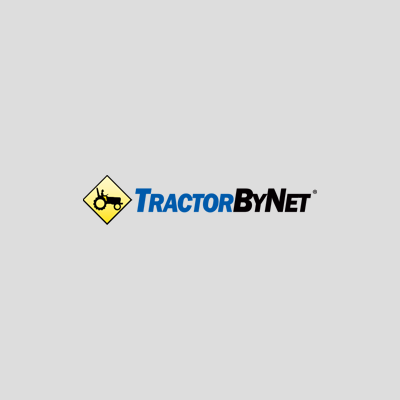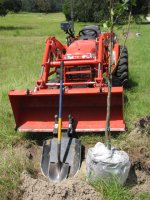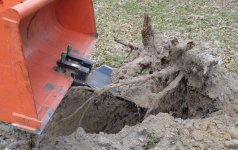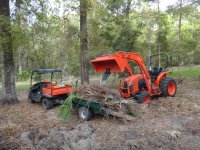jeff9366
Super Star Member
- Joined
- Jan 14, 2011
- Messages
- 12,787
- Tractor
- Kubota Tractor Loader L3560 HST+ ~~~~~~~~~~~~~ 3,700 pounds bare tractor, 5,400 pounds operating weight, 37 horsepower
Rotary Cutter - total of maybe 3-4 acres out of 18.5 are going to need to be rough cut periodically
 www.landscapecalculator.com
www.landscapecalculator.com
Post hole digger - may be a good option for planting new trees. (we will be planting some fruit/nut trees in one area and will likely start a very small Christmas tree 'farm' in another)

 www.tractorbynet.com
www.tractorbynet.com
Forestry related equipment - We have 14-15 acres of Loblolly Pines that can be harvested for timber. We need to thin scrub and deadfall between the trees.
I use a 5' heavy duty Rotary Cutter weighing a bit over 1,000 pounds with a Category 4 drive line. $4,000 The scrub and deadfall shreds into mulch. Pointless to handle or transport scrub or deadfall. Chop it.

 www.tractorbynet.com
www.tractorbynet.com
Mowing Calcuator | How many acres can I mow in an hour
Post hole digger - may be a good option for planting new trees. (we will be planting some fruit/nut trees in one area and will likely start a very small Christmas tree 'farm' in another)

Can my tractor handle a tree spade?
Or should I just use the backhoe attachment to dig up bushes (need to create a private space by moving some bushes around from other areas of the property)... Maybe the backhoe + grapple to move it is "good enough"... but I do need to harvest and move about 50 bushes.. Tractor is 35hp Kubota...
Attachments
Forestry related equipment - We have 14-15 acres of Loblolly Pines that can be harvested for timber. We need to thin scrub and deadfall between the trees.
I use a 5' heavy duty Rotary Cutter weighing a bit over 1,000 pounds with a Category 4 drive line. $4,000 The scrub and deadfall shreds into mulch. Pointless to handle or transport scrub or deadfall. Chop it.

Rotary Cutter / Bush Hog Considerations for Compact Tractors
If you buy a Rotary Cutter too light it will visit the dealer yearly for $600 repair. NEW Rotary Cutters cut everything at first. As the light blades dull a light cutter undergoes increasing stress. 60" - 72" Rotary Cutters: 400/500 pounds = light duty = grass only. 600/700 pounds = medium...
Last edited:



